
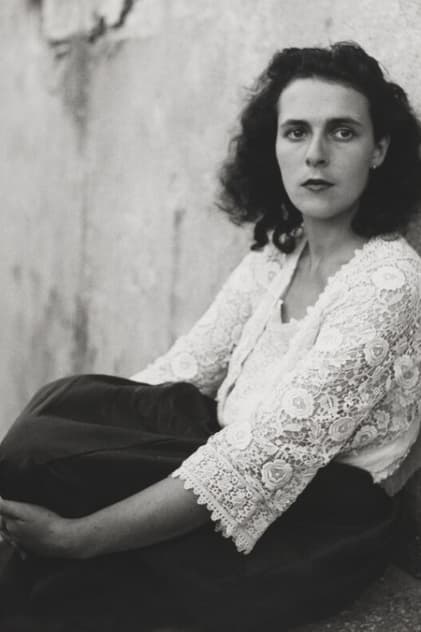
Leonora Carrington
Born: April 6, 1917
Died: May 25, 2011
Died: May 25, 2011
Mary Leonora Carrington OBE was a British-born Mexican artist, surrealist painter, and novelist. She lived most of her adult life in Mexico City and was one of the last surviving participants in the surrealist movement of the 1930s. Carrington was also a founding member of the women's liberation movement in Mexico during the 1970s.
In 1936 Carrington saw the work of the German surrealist Max Ernst at the International Surrealist Exhibition in London and was attracted to the Surrealist artist before she even met him. In 1937 Carrington met Ernst at a party held in London. The artists bonded and returned together to Paris, where Ernst promptly separated from his wife. With the outbreak of World War II Ernst, who was German, was arrested by the French authorities for being a "hostile alien". With the intercession of Paul Éluard, and other friends, including the American journalist Varian Fry, he was discharged a few weeks later. Soon after the Nazis invaded France, Ernst was arrested again, this time by the Gestapo, because his art was considered by the Nazis to be "degenerate". He managed to escape and, leaving Carrington behind, fled to the United States with the help of Peggy Guggenheim, who was a sponsor of the arts.
After Ernst's arrest Carrington was devastated and agreed to go to Spain with a friend, Catherine Yarrow. She stayed with family friends in Madrid until her paralyzing anxiety and delusions led to a psychotic break and she was admitted into an asylum. She was given electroconvulsive therapy and was treated with the drugs Cardiazol (a powerful convulsant), and Luminal (a barbiturate). She was released from the asylum into the care of a keeper, and was told that her parents had decided to send her to a sanatorium in South Africa. En route to South Africa, she stopped in Portugal, where she made her escape. She went to the Mexican Embassy to find Renato Leduc, a poet and Mexican Ambassador. Leduc was a friend of Pablo Picasso (they knew each other from bull fights) and agreed to a marriage of convenience with Carrington so that she would be accorded the immunity given to a diplomat's wife. The pair divorced in 1943. Meanwhile, Ernst had married Peggy Guggenheim in New York in 1941. That marriage ended a few years later. Ernst and Carrington never resumed their relationship. After spending a year in New York, Leduc and Carrington went to Mexico, which she grew to love and where she lived, on and off, for the rest of her life. Events from this period continued to influence her work.
After spending part of the 1960s in New York City, Carrington lived and worked in Mexico once again. While in Mexico she was asked, in 1963, to create a mural which she named El Mundo Magico de los Mayas, and which was influenced by folk stories from the region. The mural is now located in the Museo Nacional de Antropología in Mexico City.
In 1973 Carrington designed Mujeres conciencia, a poster for the Women's Liberation movement in Mexico, depicting a 'new Eve'. In the 1970s women artists of previous waves and generations responded to the more liberal climate and movement of the array of feminist waves. Many pushed the issues of women's liberation and consciousness within their work while others spoke out on issues instead of making art.
In 1936 Carrington saw the work of the German surrealist Max Ernst at the International Surrealist Exhibition in London and was attracted to the Surrealist artist before she even met him. In 1937 Carrington met Ernst at a party held in London. The artists bonded and returned together to Paris, where Ernst promptly separated from his wife. With the outbreak of World War II Ernst, who was German, was arrested by the French authorities for being a "hostile alien". With the intercession of Paul Éluard, and other friends, including the American journalist Varian Fry, he was discharged a few weeks later. Soon after the Nazis invaded France, Ernst was arrested again, this time by the Gestapo, because his art was considered by the Nazis to be "degenerate". He managed to escape and, leaving Carrington behind, fled to the United States with the help of Peggy Guggenheim, who was a sponsor of the arts.
After Ernst's arrest Carrington was devastated and agreed to go to Spain with a friend, Catherine Yarrow. She stayed with family friends in Madrid until her paralyzing anxiety and delusions led to a psychotic break and she was admitted into an asylum. She was given electroconvulsive therapy and was treated with the drugs Cardiazol (a powerful convulsant), and Luminal (a barbiturate). She was released from the asylum into the care of a keeper, and was told that her parents had decided to send her to a sanatorium in South Africa. En route to South Africa, she stopped in Portugal, where she made her escape. She went to the Mexican Embassy to find Renato Leduc, a poet and Mexican Ambassador. Leduc was a friend of Pablo Picasso (they knew each other from bull fights) and agreed to a marriage of convenience with Carrington so that she would be accorded the immunity given to a diplomat's wife. The pair divorced in 1943. Meanwhile, Ernst had married Peggy Guggenheim in New York in 1941. That marriage ended a few years later. Ernst and Carrington never resumed their relationship. After spending a year in New York, Leduc and Carrington went to Mexico, which she grew to love and where she lived, on and off, for the rest of her life. Events from this period continued to influence her work.
After spending part of the 1960s in New York City, Carrington lived and worked in Mexico once again. While in Mexico she was asked, in 1963, to create a mural which she named El Mundo Magico de los Mayas, and which was influenced by folk stories from the region. The mural is now located in the Museo Nacional de Antropología in Mexico City.
In 1973 Carrington designed Mujeres conciencia, a poster for the Women's Liberation movement in Mexico, depicting a 'new Eve'. In the 1970s women artists of previous waves and generations responded to the more liberal climate and movement of the array of feminist waves. Many pushed the issues of women's liberation and consciousness within their work while others spoke out on issues instead of making art.
Movies for Leonora Carrington...
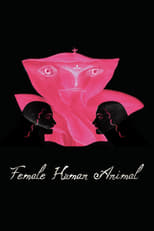
Title: Female Human Animal
Released: April 19, 2018
Type: Movie
Set against the real-life contemporary art world, Female Human Animal is a psycho-thriller about a creative woman disenchanted with what modern life has to offer her.


Title: Remedios Varo: Mystery and Revelation
Released: January 1, 2013
Type: Movie
The magical world of Remedios Varo, a singular and unclassifiable artist, that André Breton claimed as a surréaliste. Born in Anglès, Spain, in 1908, Remedios was marked by two wars (Spanish Civil War and the Second World War) and for an intense relationship of amour fou with the poet Benjamin Péret who considered her his muse and the woman of his dreams. Exiled in Mexico from 1941 until her death in 1963, she developed in this country the pictorial imagery and the technical virtuoso which identify her as a weaver of dreams in a world of medieval reminiscences, populated by creatures and fantastic objects connected with the cosmos.

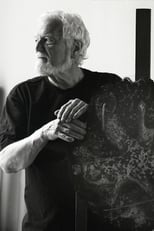
Title: Through Alan Glass
Character: Leonora Carrington
Released: December 31, 2006
Type: Movie
The documentary shows the world of the surrealist Canadian artist Alan Glass, his work, his home, his friends, his boxes, all his universe is presented through the point of view of art critics, artists and friends.

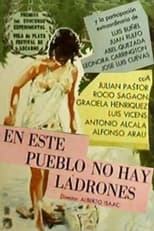
Title: There Are No Thieves in This Village
Released: September 9, 1965
Type: Movie
When a young boy steals billiard balls from a local saloon, a stranger is charged with the crime. The local layabouts find there is no reason to hang out at the bar without being able to shoot pool, and the boy entertains thoughts of forming a gang to steal more billiard balls in hopes of making money.

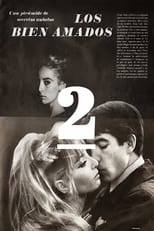
Title: A Pure Soul
Character: The mother
Released: September 2, 1965
Type: Movie
Second of two films that make up the collaborative film "Los Bienamados" (The Beloved, 1965). Claudia, a young aristocratic girl travels to Switzerland to recover the corpse of her brother, Juan Luis. As she flies back home to Mexico, in flashback it is revealed that she and her brother had an incestuous relationship and that she managed to drive his fiance, Claire, to her death... with tragic consequences for all of them.

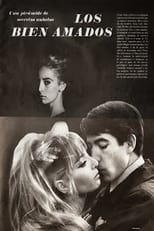
Title: The Beloved Ones
Character: Madre
Released: September 2, 1965
Type: Movie
Two stories: 'Tajimara' the platonic love of a couple; and 'Un Alma Pura' (A Pure Soul) about the incestuous love of some siblings.

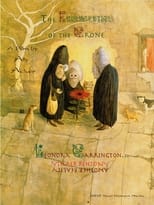
Title: The Flowering of the Crone: Leonora Carrington, Another Reality
Character: Herself
Released: December 31, 1969
Type: Movie
"I am armed with madness for a long voyage," states British born, prolific painter, sculptor, writer and visionary Leonora Carrington. Perhaps the last surviving artist of the original Surrealist artist movement, as well as the famously former lover of Max Ernst, Carrington's life and work is arguably not "surreal" at all, nor is it classifiable in any sense of the word. Indebted to Surrealism, Carrington is nonetheless possessed of unique personal visions born from a fantastical interior life, one based in Celtic legend, alchemy, fairy tales, Tibetan Buddhism, Tarot, Kabbala, astrology, Mexican healing traditions and other mystical practices. This portrait, the first such documentary of her life and work produced in the United States, covers Carrington's entire oeuvre, with footage from the 1940's through 2006, and includes a fanciful dramatization of her famous 1939 short story, "The Debutante."
